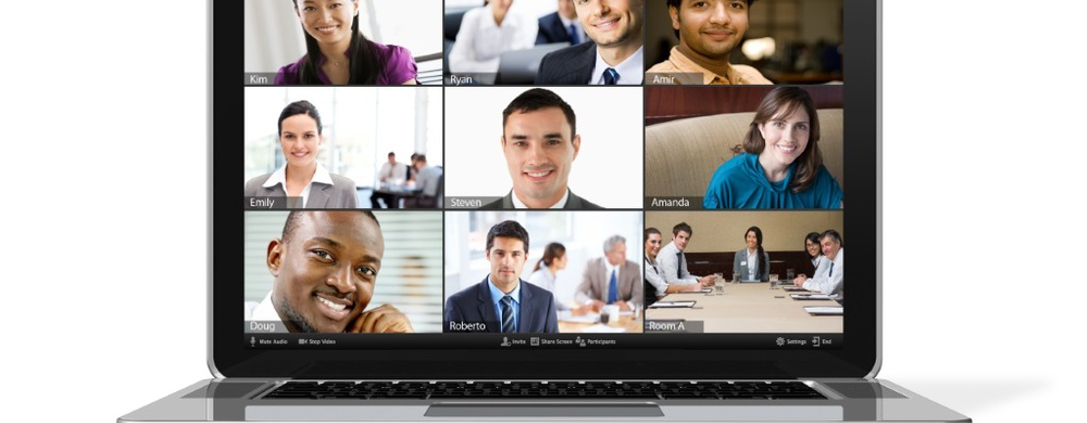Safe Zooming in Quarantine Times
By CHHS Extern Nicky Arenberg Nissin
With billions of people around the globe staying home due to the Covid-19 pandemic, an increasing amount of social and business meetings have moved to the different video conferencing platforms available today. Among this wide software offer, Zoom has become one of the most popular options: as the go-to app for many schools and colleges, employers, and even some governments, this app has also become one of the most commonly used for social and cultural gatherings. With Zoom’s ubiquity on these pandemic-times, several privacy and security issues have been identified.
For instance, Zoom’s privacy policy has recently been the target of concerns by Consumer Reports (CR) and the Electronic Frontier Foundation (EFF). The main complaint was that app’s terms included the right to collect the video and text content of Zoom meetings, and to share it or use it for advertisement or other business purposes. In the same vein, a Vice investigation exposed that Zoom’s iOS app was sending some user data and analytics to Facebook, regardless of whether they had a linked Facebook account or not. Zoom’s reaction was to quickly make some changes; the company updated their iOS app to stop this sharing with Facebook, and–maybe more importantly–they made some “clarifying updates” to their privacy policy, ostensibly addressing these issues.
Another thing to consider is the power other users and meeting host have to record video, audio, screenshots and chat messages during sessions. By having an open mic or camera, Zoom users are exposed to having their privacy breached during meetings, the contents of private communications compromised, and–as we have seen lately–to potentially become viral sensations. To address this privacy issue, the best practice is for users to activate their mic only when speaking, and–if one decides to activate the camera as well–to use the app’s built-in feature that lets them choose a photo as their video background. This way–by controlling the audio and video being broadcasted to the rest of the meeting–users can minimize the risk of having unintended disclosures or leaks of private information.
The new reality of work and social Zooming has also come with cybersecurity problems. On one hand, there has been a surge in Zoom site spoofing and phishing attacks by cybercriminals, specifically targeting people working from home. These are pretty run-of-the-mill attacks–like the common Netflix or App Store spoof phishing emails–and they can be avoided in the same ways.
On the other hand, internet trolls have started to crash into Zoom meetings by exploiting the app’s settings. In fact, this problem has become so prevalent that Zoom specially created a guide for users to avoid getting uninvited guests. It is evident that the unwanted display of pornography, threatening language or hate speech during a meeting can be disrupting; moreover, the fact that these trolls can also record and publish user reactions to them is concerning, especially on the many K-12 schools using the app.
As the Covid-19 pandemic continues to expand, our dependence on the tools that–like Zoom–allow us to study, work, and socialize from home will deepen. In turn, users will be increasingly vulnerable to these and other privacy and security issues. As we have seen in the past few days, law enforcement is already aware of this situation, and have started investigating the associated criminal activity. In the meantime, users must learn how to use this technology safely and responsibly, keeping up with the associated risks and their management.


